From Bourgeois to Baldessari, last chance to see Hauser & Wirth’s unmissable jewellery show
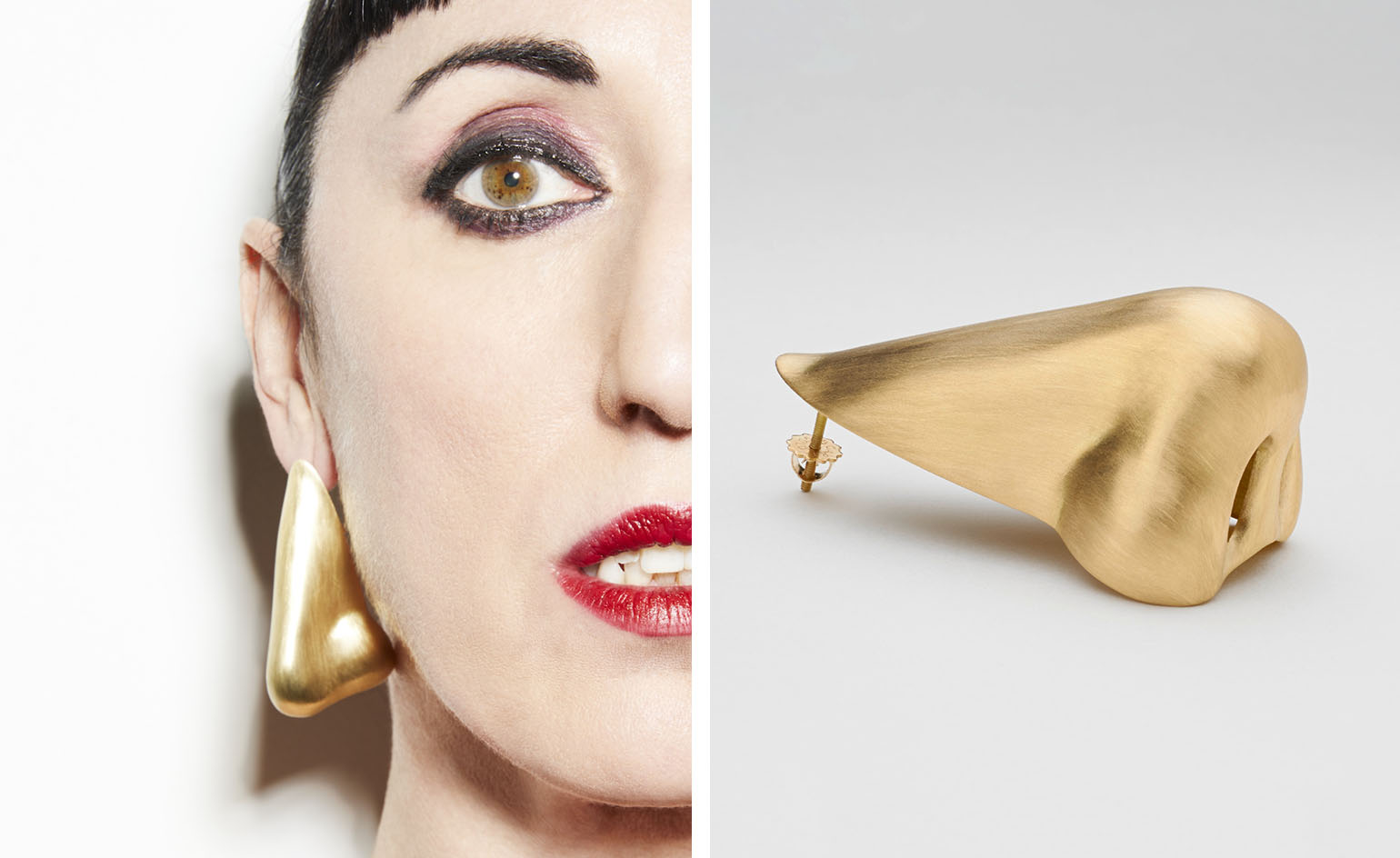
This week presents a last chance to see Hauser & Wirth’s blinder of an artist-jewellery show at its New York outpost. Curated by the former model and London-based jewellery designer Celia Forner, The Portable Art Project is a moveable design feast of ‘wearable objects’ by 15 commissioned artists.
From Phyllida Barlow to Bharti Kher and John Baldessari, the show’s dynamism has much to do with the fact that all are currently practising artists, except Louise Bourgeois. In fact it is the asymmetric pair of silver and gold spiral cuffs Bourgeois created for the project in 2008 that is the pivot of the exhibition. These bold rope-like jewels are also central to the show’s success, being at once sensuous, covetable and wearable.
The notion of jewellery as fine art has long been a cloudy topic. But artist jewellery – pieces created for galleries by named artists – is not quite the same as art jewellery. The latter has emerged from the former as a genre generally dedicated to exploring unusual methods and humble materials, often with a socio-political bent in the Arte Povera mold. The movement gained momentum in the US in the 1950s and 60s and is often relegated to the applied arts category – or craft. As in, not as important as art.
It remains a limbo genre, due in part to the art jewellery community’s tendency to over intellectualise and add meaning. Yet, from Picasso and Ernst to Hirst and Koons, fine artists have long been happily sidetracked from canvas and bronze to the odd spot of jewellery design. This Hauser & Wirth addition to the genre bridges the gap with humour and, despite its own slight tendency towards academic worth – the pieces are billed as existing ‘somewhere between sculpture and bodily adornment’ – reveals artist jewellery as simply great design.
Whether it’s art or craft is surely not the point. And can artist jewellery really be ‘a personal connection’ between artist and wearer? Perhaps the answer is best left to the lucky owners. What this show does highlight is that artists make great jewellery because they seem to grasp that, ultimately, it is design to be worn. Hats off to Forner, whose canny collective so eloquently displays this oft-forgotten factor.
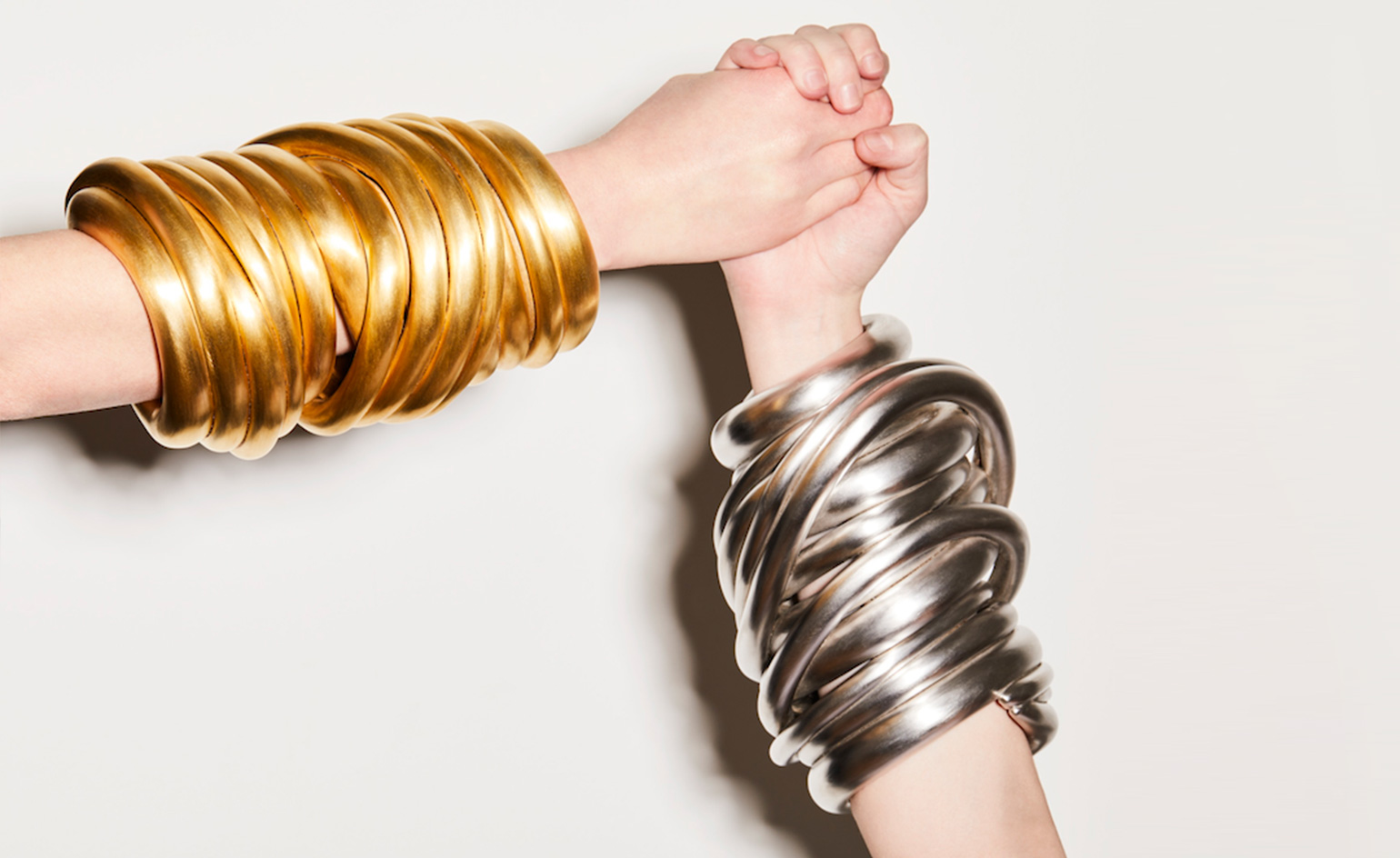
’Spiral’ cuffs in rose gold and yellow gold plated silver, by Louise Bourgeois, 2008. © The Easton Foundation/VAGA, New York
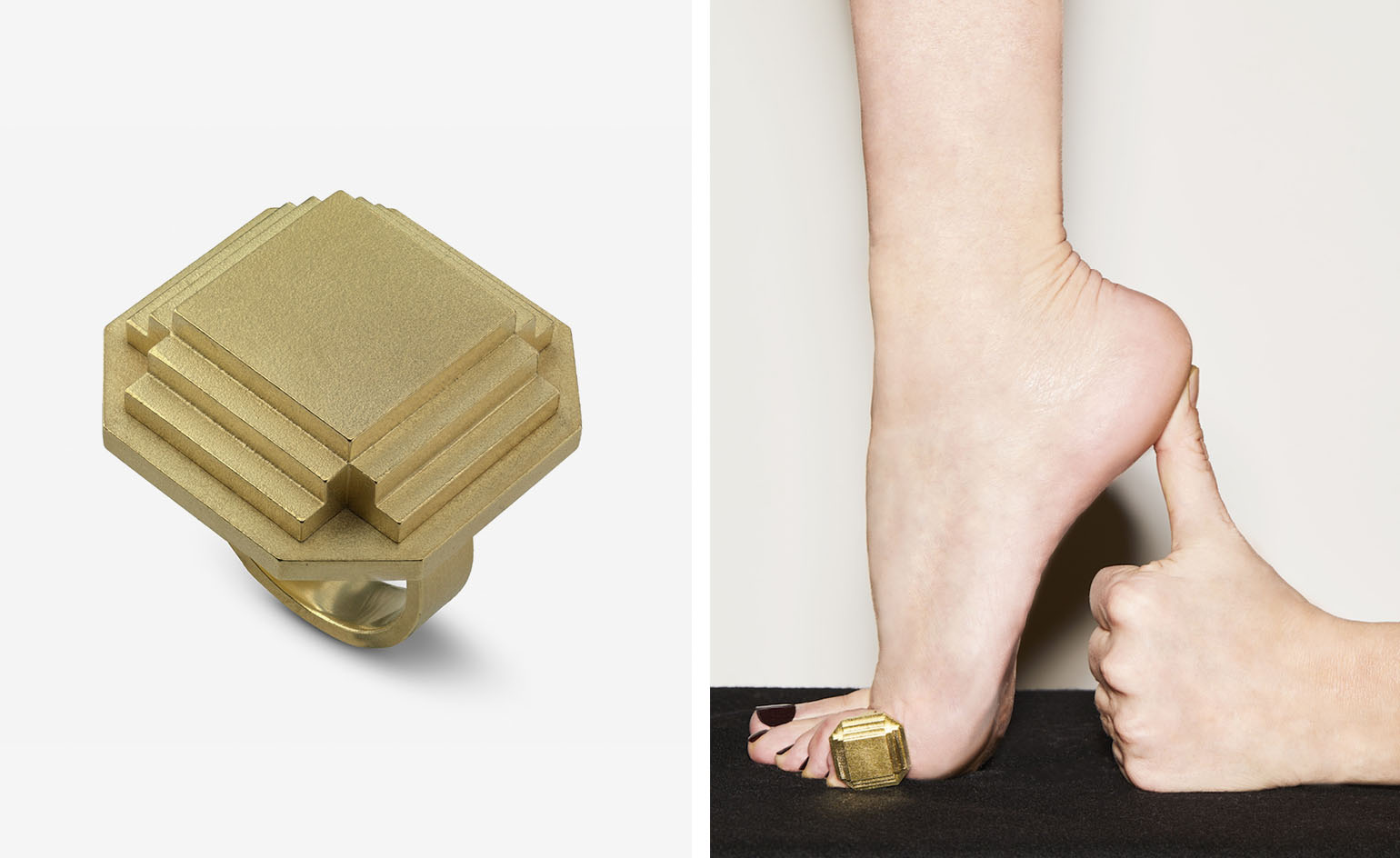
‘Aztek’, by Andy Hope, 1930. modelled by Rossy de Palma. © The artist. Courtesy of Hauser & Wirth
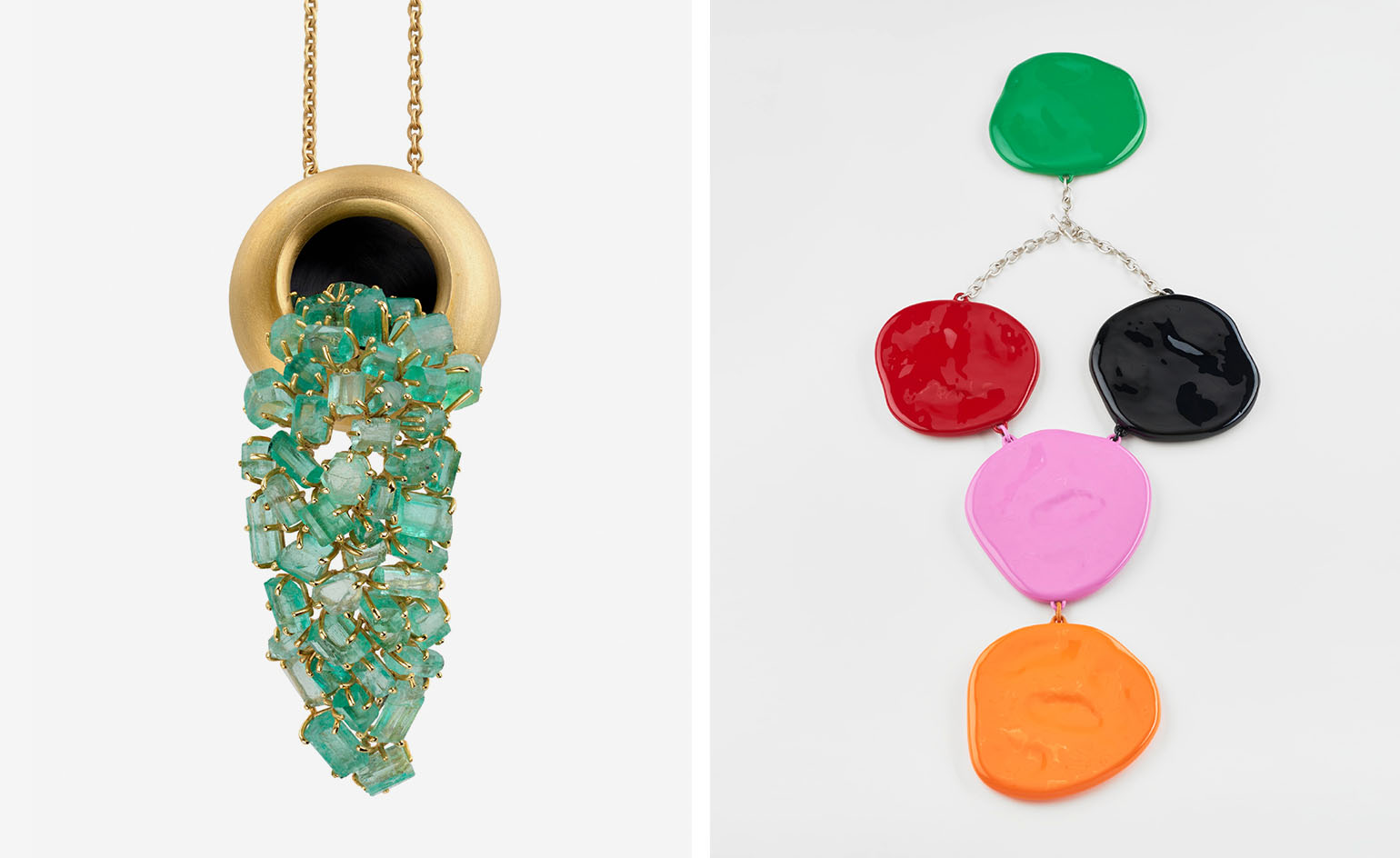
Left, ‘Untitled’, by Subodh Gupta, 2013. Right, ‘Untitled’, by Mary Heilmann. © The artists. Courtesy of Hauser & Wirth
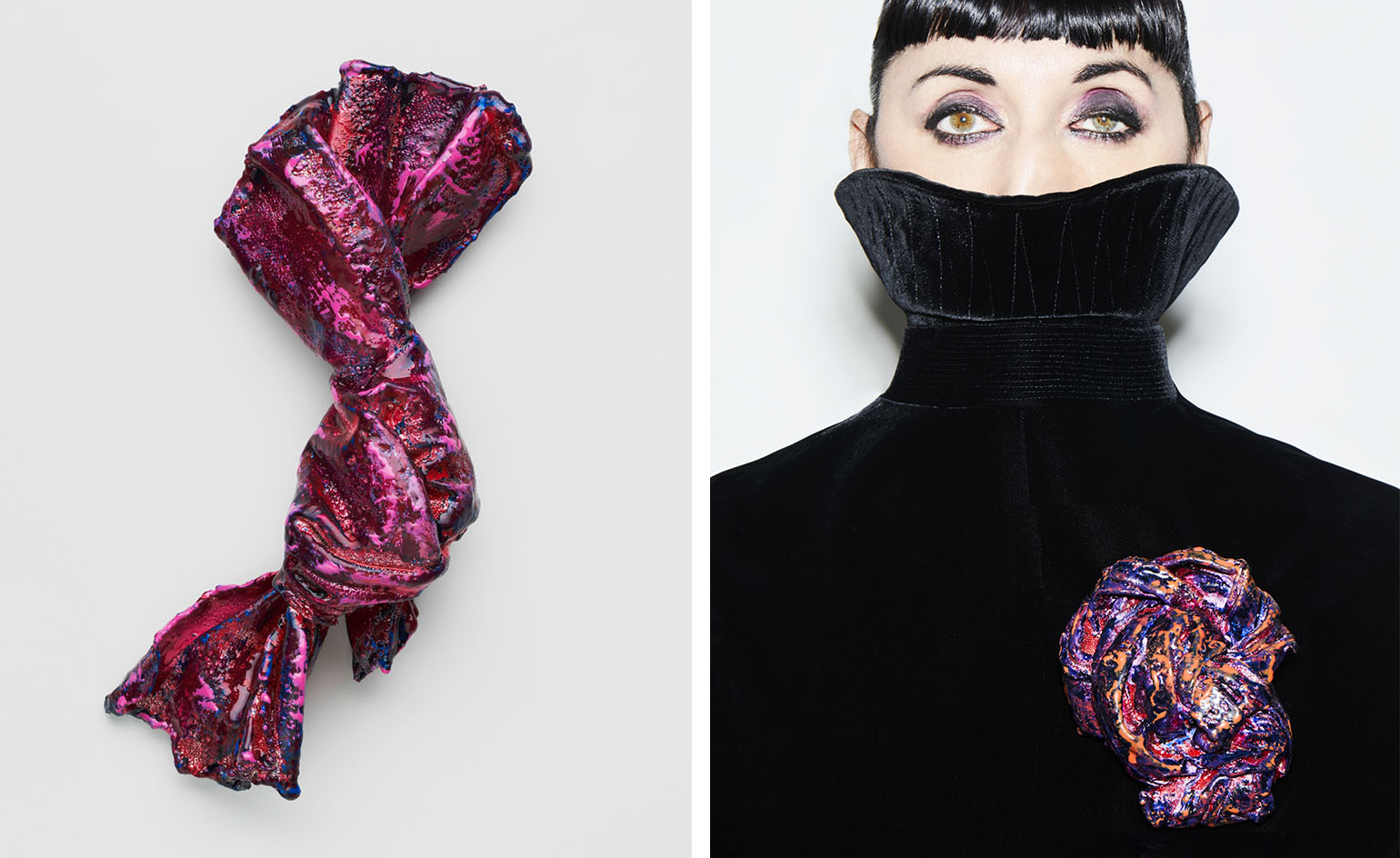
‘untitled: brooch I’ and ‘untitled: brooch III’, both by Phyllida Barlow, 2015-16. modelled by Rossy de Palma. © The artist. Courtesy of Hauser & Wirth
INFORMATION
‘Portable Art: A Project by Celia Forner’ is on view until 17 June. For more information, visit the Hauser & Wirth website
ADDRESS
Hauser & Wirth
32 East 69th Street
New York
Wallpaper* Newsletter
Receive our daily digest of inspiration, escapism and design stories from around the world direct to your inbox.
Caragh McKay is a contributing editor at Wallpaper* and was watches & jewellery director at the magazine between 2011 and 2019. Caragh’s current remit is cross-cultural and her recent stories include the curious tale of how Muhammad Ali met his poetic match in Robert Burns and how a Martin Scorsese Martin film revived a forgotten Osage art.
-
 Extreme Cashmere reimagines retail with its new Amsterdam store: ‘You want to take your shoes off and stay’
Extreme Cashmere reimagines retail with its new Amsterdam store: ‘You want to take your shoes off and stay’Wallpaper* takes a tour of Extreme Cashmere’s new Amsterdam store, a space which reflects the label’s famed hospitality and unconventional approach to knitwear
By Jack Moss
-
 Titanium watches are strong, light and enduring: here are some of the best
Titanium watches are strong, light and enduring: here are some of the bestBrands including Bremont, Christopher Ward and Grand Seiko are exploring the possibilities of titanium watches
By Chris Hall
-
 Warp Records announces its first event in over a decade at the Barbican
Warp Records announces its first event in over a decade at the Barbican‘A Warp Happening,' landing 14 June, is guaranteed to be an epic day out
By Tianna Williams
-
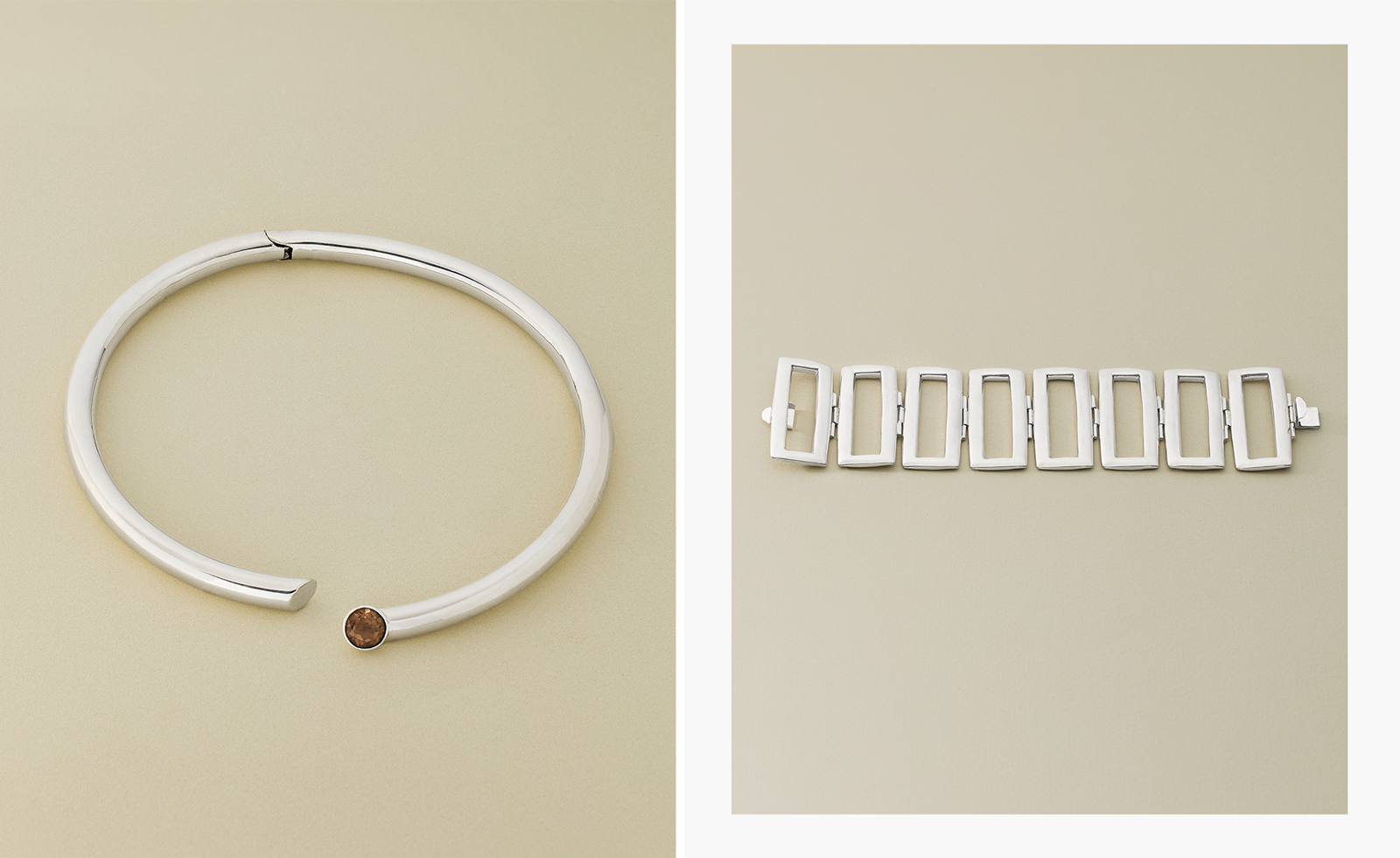 Nina Runsdorf brings classic jewellery back to life to mark 20 years
Nina Runsdorf brings classic jewellery back to life to mark 20 yearsNew York-based jewellery designer Nina Runsdorf celebrates her eponymous brand’s anniversary with a new jewellery collection, ‘Archive’
By Hannah Silver
-
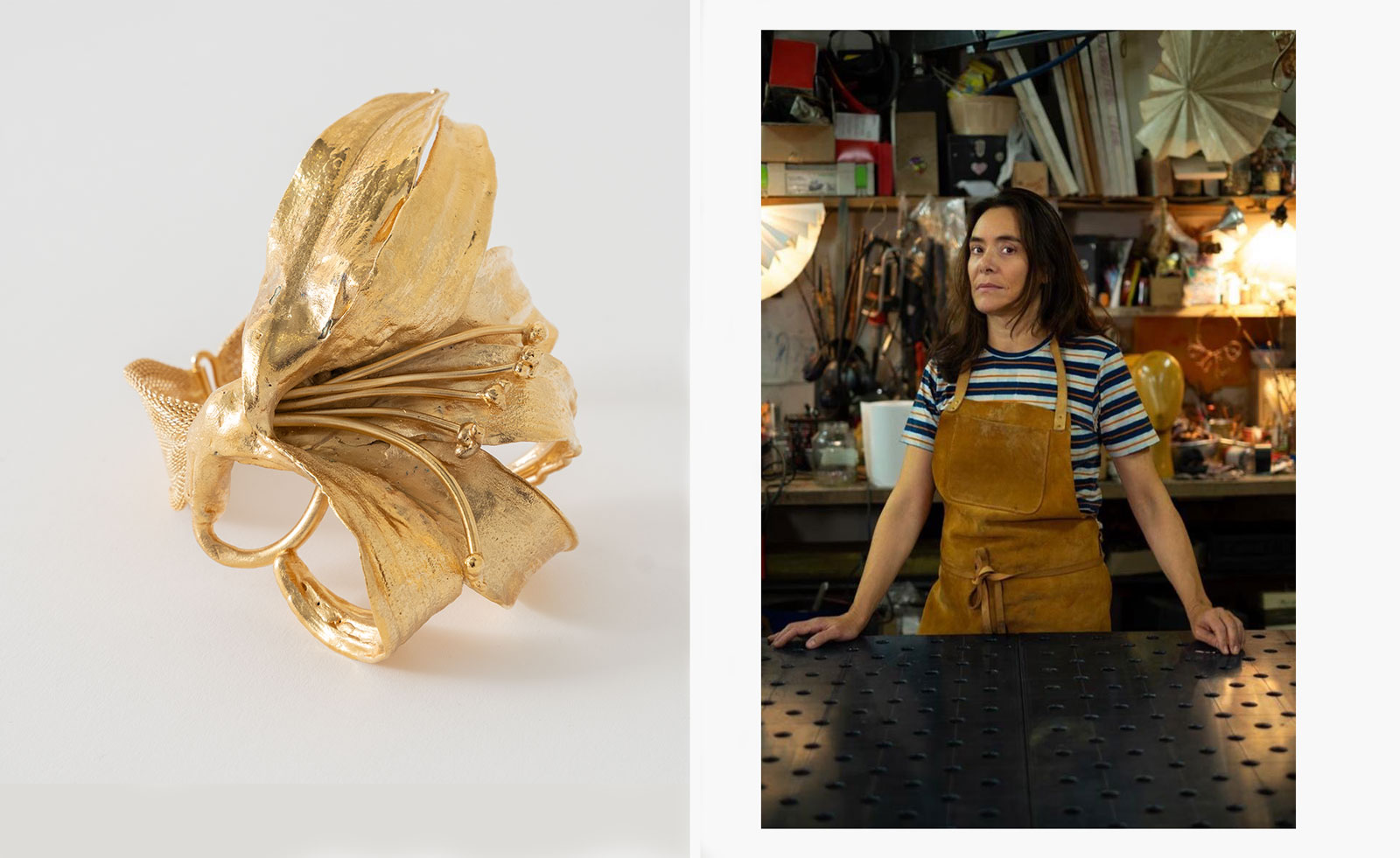 Ulla Johnson’s collaboration with artist Julie Hamisky on the A/W 2025 runway is blooming lovely
Ulla Johnson’s collaboration with artist Julie Hamisky on the A/W 2025 runway is blooming lovelyUlla Johnson and French artist Julie Hamisky have created 12 new jewellery pieces for the designer's A/W 2025 runway
By Hannah Silver
-
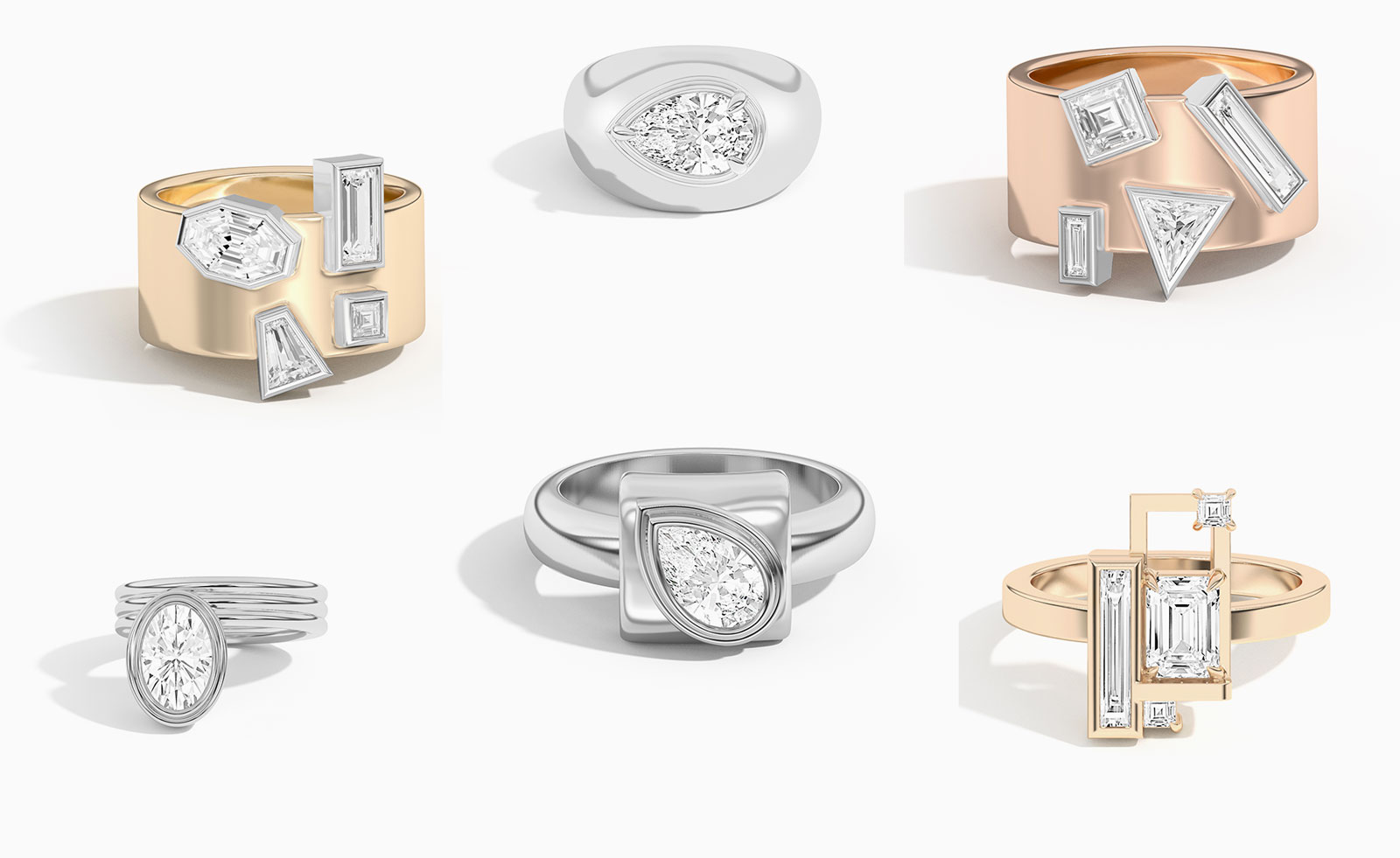 Offbeat placing, diamonds and cool cuts: Shahla Karimi’s architecturally inspired jewellery
Offbeat placing, diamonds and cool cuts: Shahla Karimi’s architecturally inspired jewelleryFine jewellery is given a cool spin by the New York-based designer Shahla Karimi, who riffs off architectural references for her eponymous brand
By Hannah Silver
-
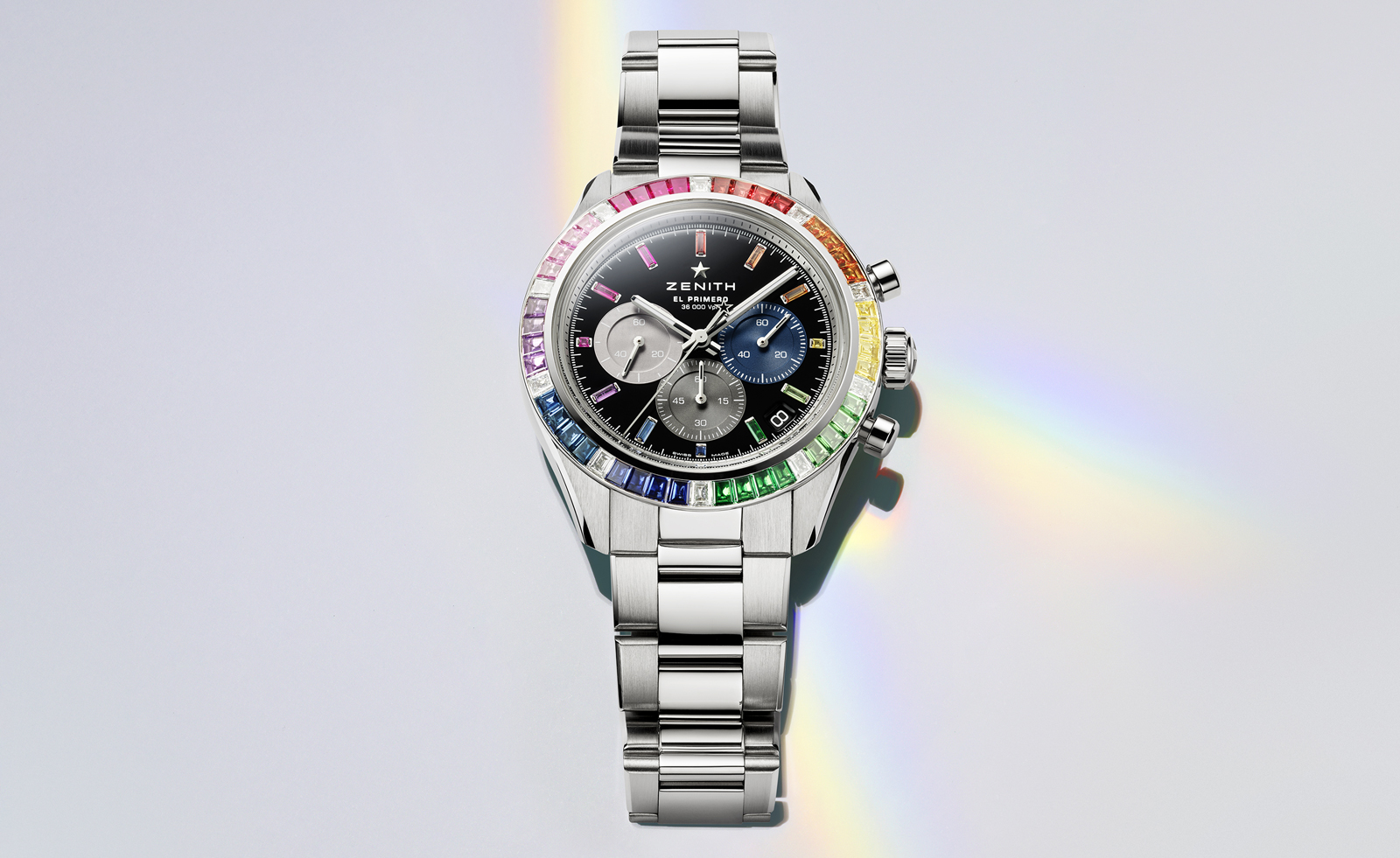 LVMH watch week 2025: everything we know so far
LVMH watch week 2025: everything we know so farOur guide to LVMH Watch Week 2025, taking place in New York and Paris, starting 21 January; keep an eye out for our updates
By James Gurney
-
 Wallpaper* Design Awards 2025: JB Blunk rings are sculptures for the hand
Wallpaper* Design Awards 2025: JB Blunk rings are sculptures for the handThe JB Blunk Estate has partnered with J Hannah on the reproduction of four special rings
By Hannah Silver
-
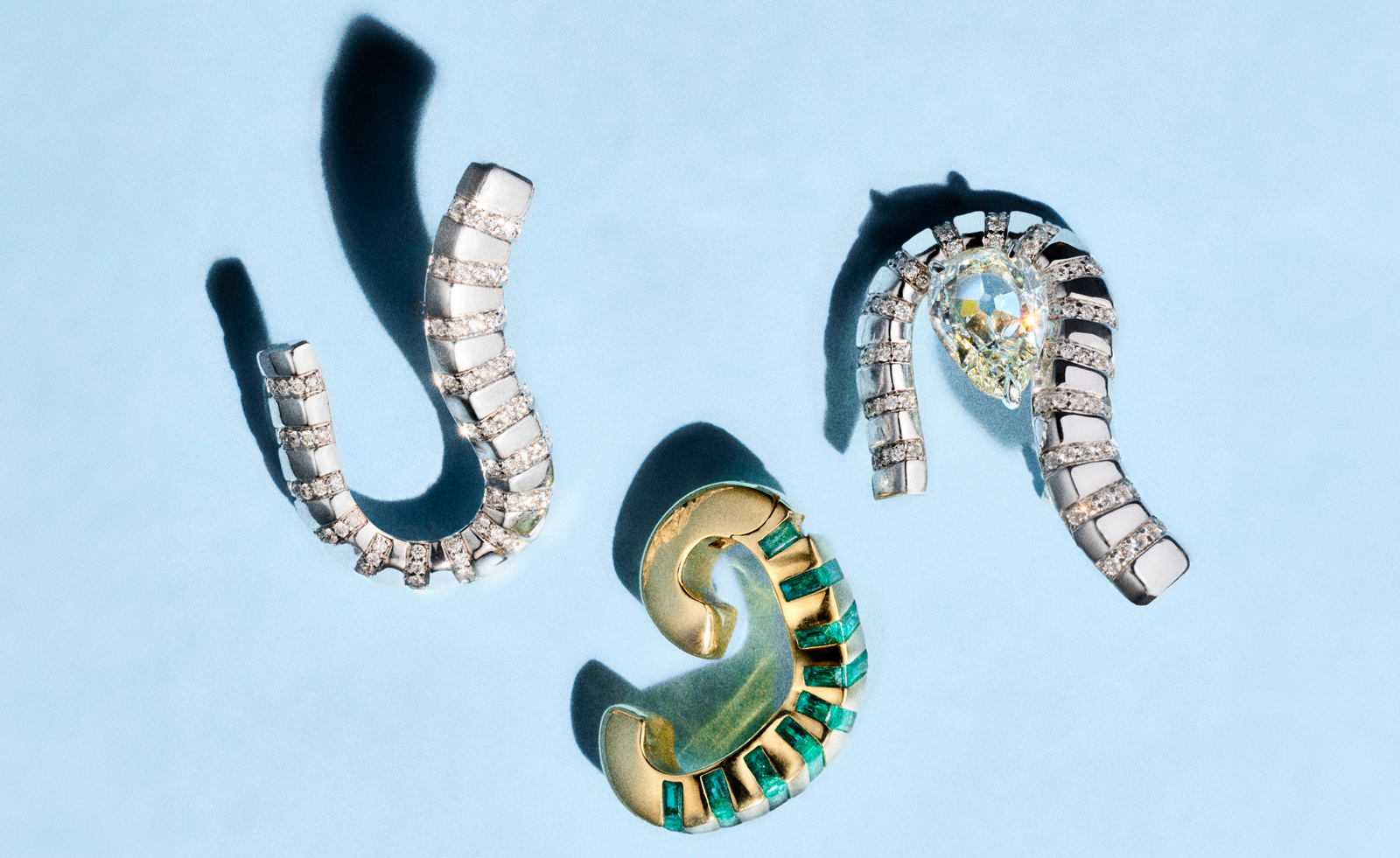 Dyne is a New York jewellery brand fusing fluid forms with futuristic flair
Dyne is a New York jewellery brand fusing fluid forms with futuristic flairDyne embraces striking materials and silhouettes for very modern jewellery
By Hannah Silver
-
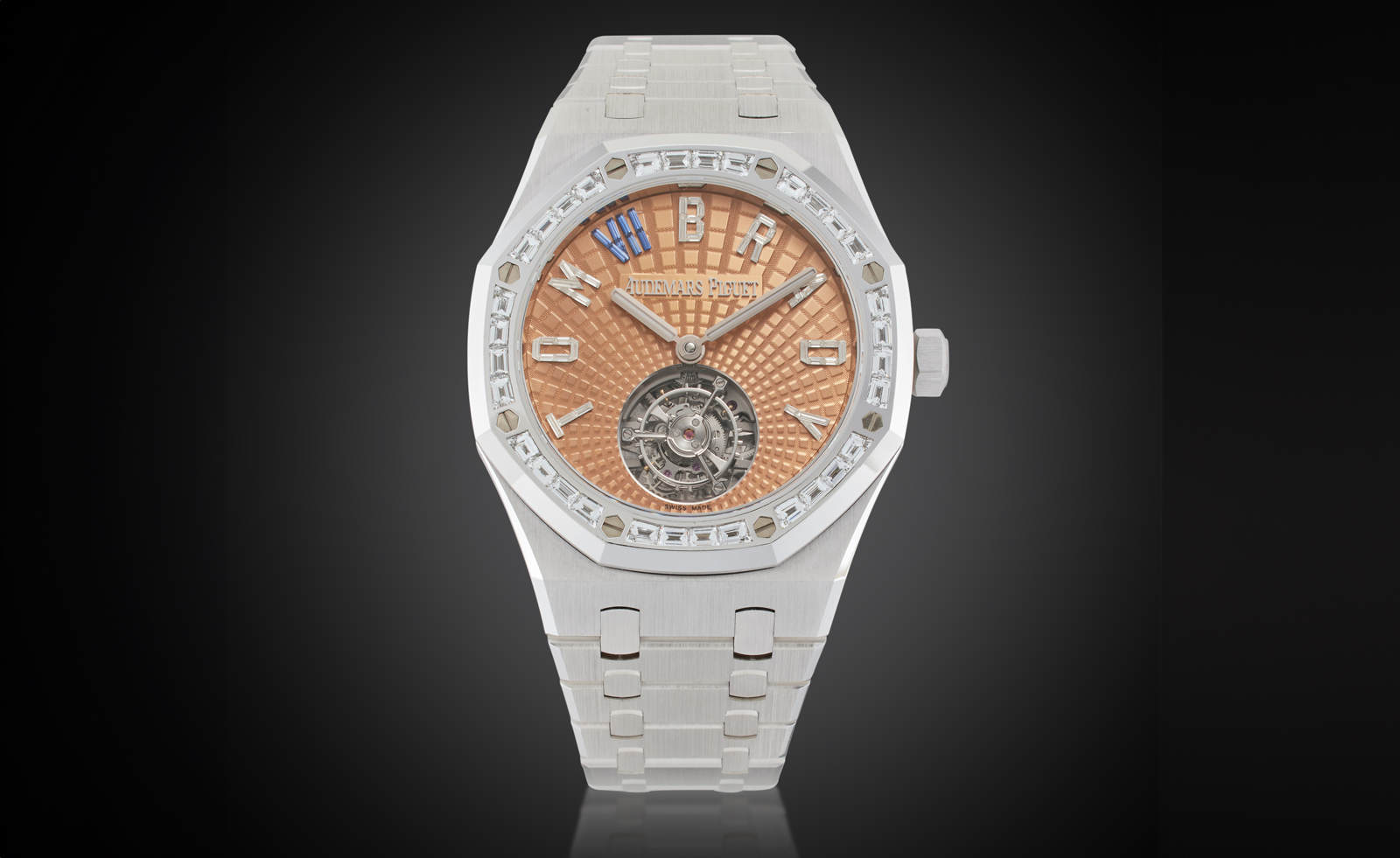 Tom Brady’s watch collection is for sale at Sotheby’s: here are the highlights
Tom Brady’s watch collection is for sale at Sotheby’s: here are the highlights‘The GOAT Collection: Watches & Treasures from Tom Brady’ goes on sale at Sotheby’s New York on 10 December
By Hannah Silver
-
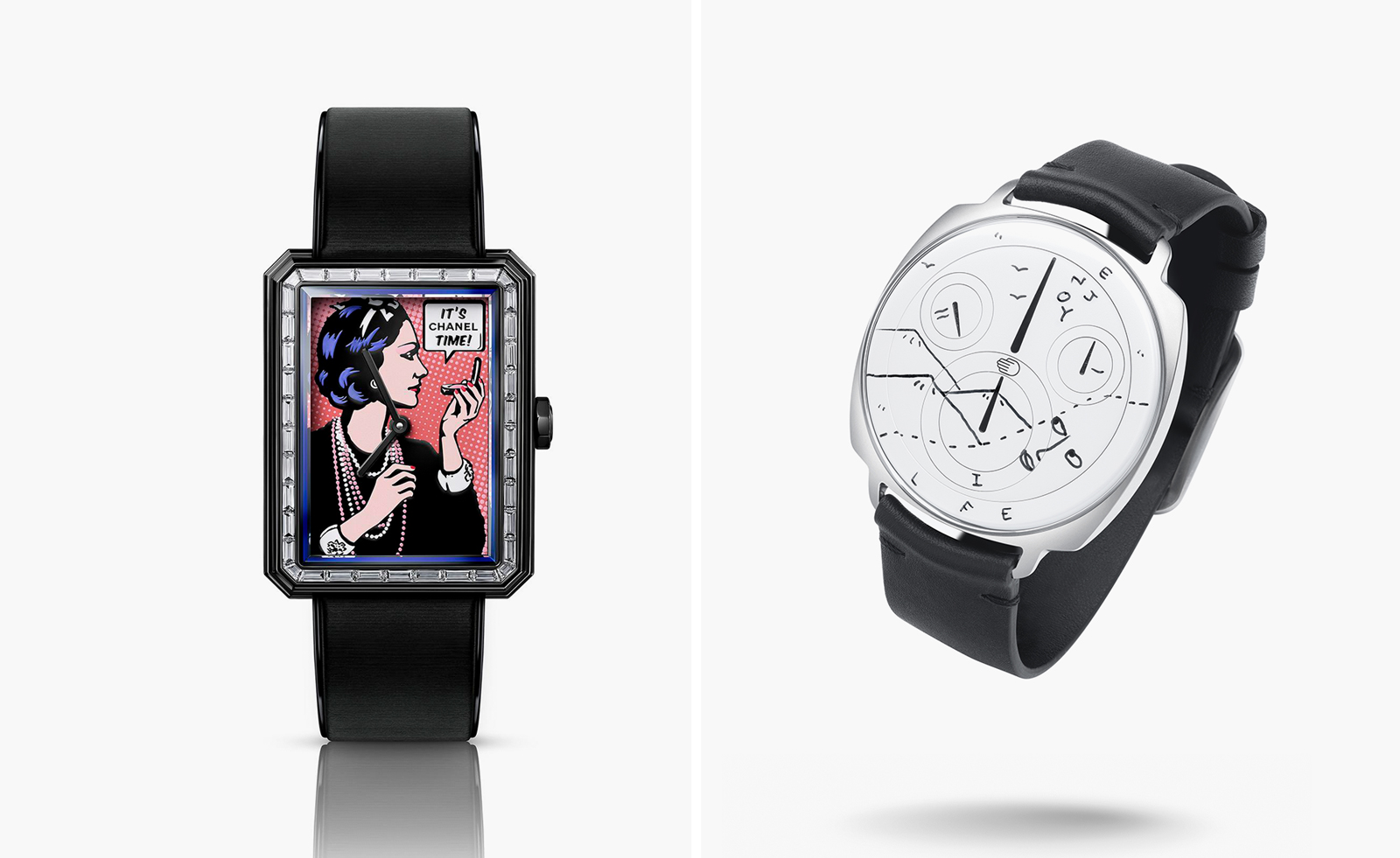 Time For Art 2024: ten unique watches to bid for at the charity auction
Time For Art 2024: ten unique watches to bid for at the charity auctionThe Time For Art 2024 auction sees unique watches go under the hammer at Phillips, in association with Bacs & Russo, on 7 and 8 December
By Thor Svaboe